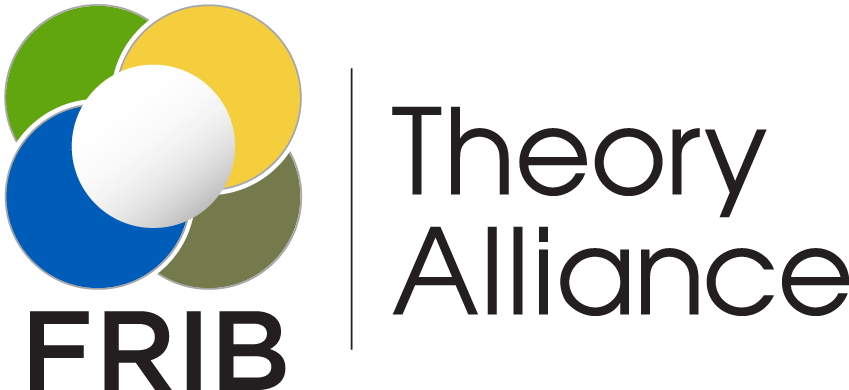Nonequilibrium phenomena in superfluid systems: atomic nuclei, liquid helium, ultracold gases, and neutron stars
Aula Renzo Leonardi
ECT*
WARNING: for hotel bookings do not give your data to any external services upon email request; there are known cases of fraud
ECT*-EMMI/GSI Workshop
The workshop is dedicated to study superfluid systems in nonequilibrium conditions. In the case of atomic nuclei, two processes depend crucially on superfluidity: induced nuclear fission and low-energy nuclear collisions involving heavy nuclei. In the case of neutron stars, superfluidity is at the heart of the so-called `glitches’ observed in pulsars, but also plays a crucial role in determining transport coefficients that can influence the cooling of the star and its gravitational wave emission. To model these phenomena, it is crucial to understand dissipative channels related to superflow, the dynamics of vortices, and the decay mechanism of a quantum turbulent state. On the other hand, thanks to advances in experimental techniques in the field of ultracold gases and helium liquids, we can investigate nonequilibrium phenomena in these superfluids and use both experimental and theoretical achievements in these fields to understand the most intriguing questions related to nonequilibrium superfluidity.


